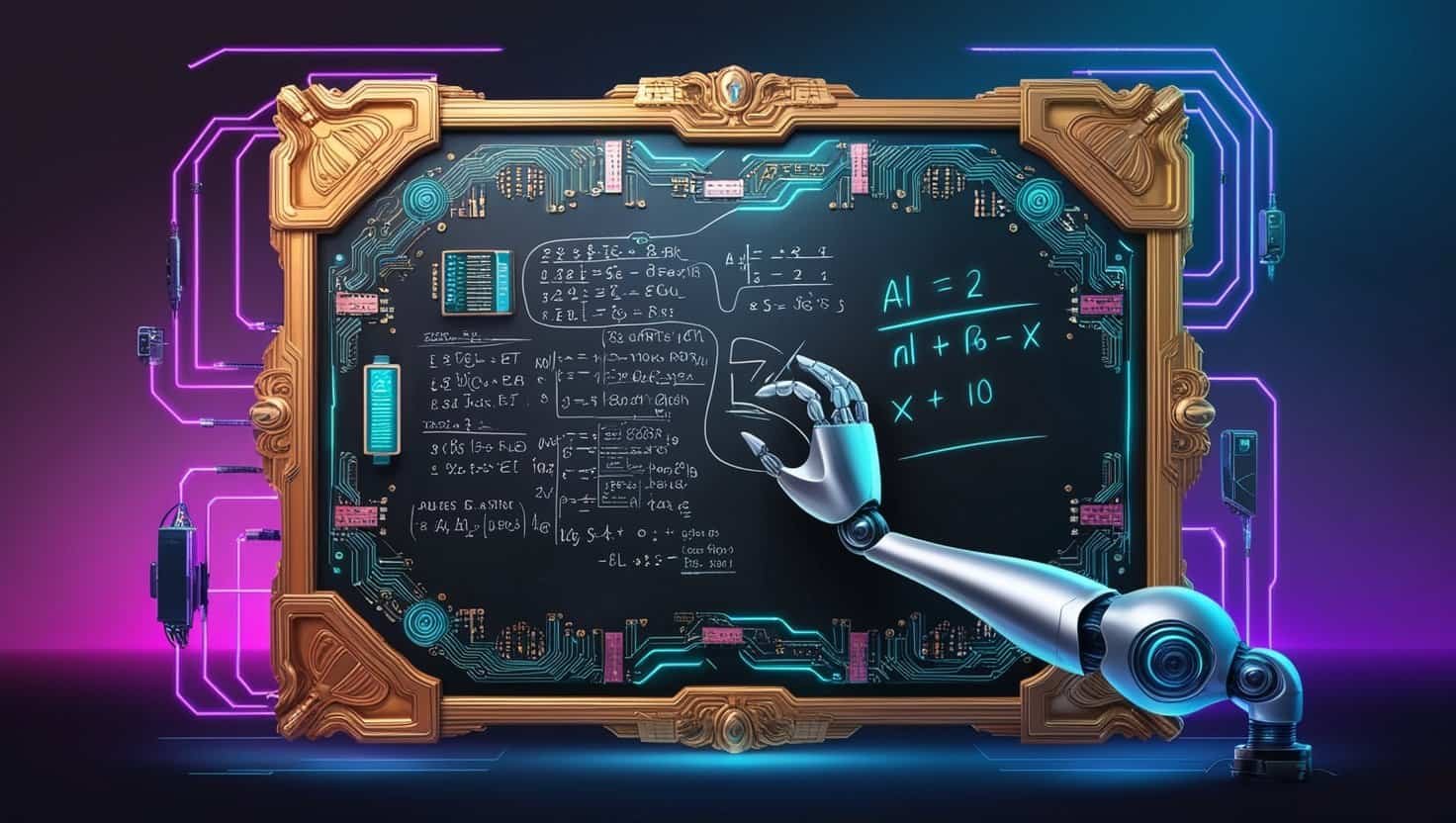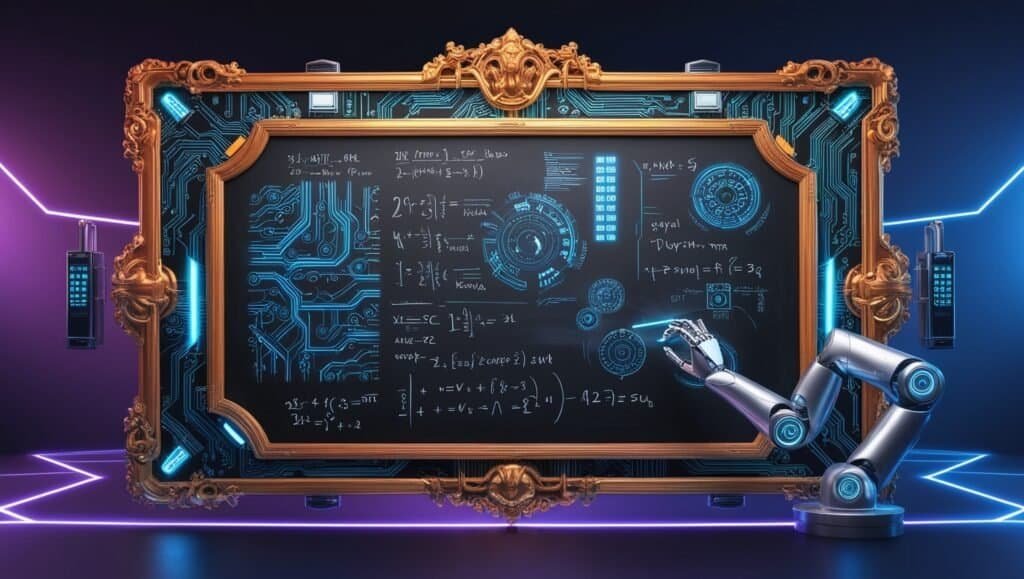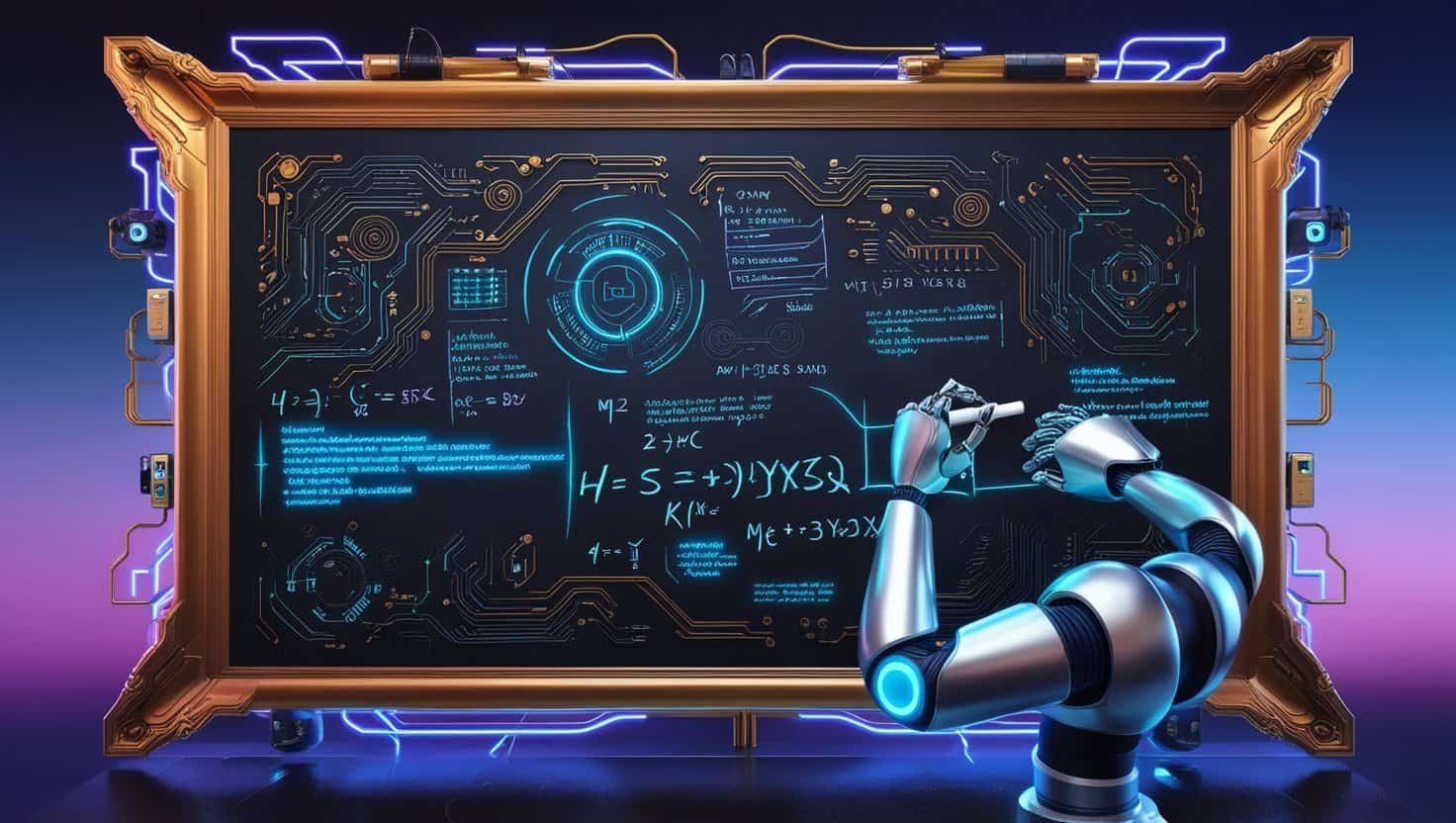Welcome to the advanced AI art course! Your AI image-makerism knows-how is fairly solid now. Time to up the antics. Let’s take some time this session to delve into an armory of tools for making awesome art using AI.
And here we will explore several new techniques along with one or two familiar tricks that assist us in how to outsmart the rank-and-file; how to define prompts that speak to the AI’s ‘psyche’; what compositional tricks make the sciences and the arts sing; and what secrets can be extracted from the software tools that underpin the current state-of-the-art in these popular AI models.
That also means covering the hardware, software and insider knowledge of where the photoshopping magic happens, as well as discussing the buried ethical dilemmas and obvious pitfalls that come with engaging such powerful, under-regulated, not-always-human-friendly technology.
And, when it’s time to give your prompts the aesthetic finishing touches, move up to the fifth level, enlist expert productions, and post-process your paintings with these five key areas.

Mastering Prompt Engineering
At the end of the day, creating cool AI art is about mastering the craft of prompt engineering: learning how exactly to coax an AI image-generator to produce the kinds of images you want. Read on for some tips and tricks to help you blossom from a beginner into a master-class prompt engineer.
Crafting Detailed and Specific Prompts
Prompts that are highly specific are your best friend in the realm of AI-generated art, especially if they include detail. The more you can include in your prompts, the more likely you will get something that gets very close to what you want. Here are some of the criteria you might consider including in your prompt:
- Subject matter
- Style & artistic influence
- Color palette
- Lighting and atmosphere
- Composition and framing
Here’s an example of how to transform a basic prompt into a detailed one:
Basic Prompt: A cat in a garden
Detailed Brief: A spotted Persian cat with its eyes edged in blue sitting on a lawn with moss and a little seat under a wisteria on a dappled day, soft-focus or out of focus, palette pastel.
Balancing Creativity & Precision
Sure, you want your robowriter to fill in detail, but not bogged down in minutiae. Therein lies a second wrinkle: even more than nuance, the AI has problems with ambiguity and metaphor. Precision – okay, maybe too much – is what you want, but if it’s too pedantic it can’t give you the delightful little tarbiyah-bombs you want this robot to surprise you with.
Here are some things I’ve learnt.
- Start with a clear concept.
- Add descriptive details.
- Include room for interpretation.
- Experiment with different phrasings.
Incorporating Visual References
You can help your prompts make it further by adding some visual aids:
- Mention specific artists or art styles.
- Reference famous works of art.
- Describe visual elements from well-known movies or photographs.
Utilizing Style-Based Prompts
Style-based prompts can provide the AI with a very solid structural starting point for image generation. Entering a style-based prompt to produce or based on a style/art movement as the input for an art work will yield an image with an overall look inspired by the art style indicated. Here are a few examples:
- Impressionist
- Art Nouveau
- Cyberpunk
- Minimalist
- Baroque
But also, remember, prompt engineering is practice, you’re training yourself – and nobody will know that you had to take several attempts before your inputs returned images with your desired AI aesthetic.

Advanced Composition Techniques
Now that you can parse out basic prompt engineering, let’s dive into powerful compositional tricks to up your AI-image game.
Employing Color Theory for Impact
Arguably the most important factor in successful AI-based image making is good colour theory. This might sound like a tough nut to crack for the technologist but, even if you get the colours wrong, at least you”ll be slightly off-target. It is almost as good as dead-on. Follow these simple rules and even a technically mediocre image can become magazine-cover material: For ‘pop’, pair cool or warm analogous colours. For harmony, use co-primary analogous colours RGB equivalents hold for adjustment in DIY tools.
Experiment with these schemes for visually striking images:
- Complementary (e.g., Blue & Orange)
- Analogous (e.g., Yellow, Orange, Red)
- Triadic (e.g., Purple, Green, Orange)
- Balancing Elements for Visual Harmony
Consider these for visual harmony:
- Size & scale of objects
- Distribution of visual weight
- Symmetry vs asymmetry
- A well-balanced composition naturally guides viewers’ eyes through an image.
Effective Use Of Negative Space
Space around subjects—negative space—is crucial. Engage negative space:
- Create simplicity
- Draw attention to main subjects
- Evoke emotions or moods
- Include specifics about negative space in prompts for impactful AI images.
Creating Depth and Perspective
To add depth & perspective:
- Use overlapping elements.
- Vary object sizes based on distance.
- Incorporate atmospheric perspective (hazy farther objects).
Consider foreground (up front), middle ground (in between) and background elements when composing! Feel free to employ some optical tricks to make your images appear more three-dimensional.
Rule Of Thirds
- Imagine dividing image into 3×3 grid:
- Place key elements along lines/intersections.
- Position horizon top/bottom third.
- Align dominant verticals left/right third.
Similar Content
- How to Write AI Art Prompts?
- How to Make AI Images (Five Easy Ways in 2024)
- How to Create Better AI Art: 11 Tips and Tricks


